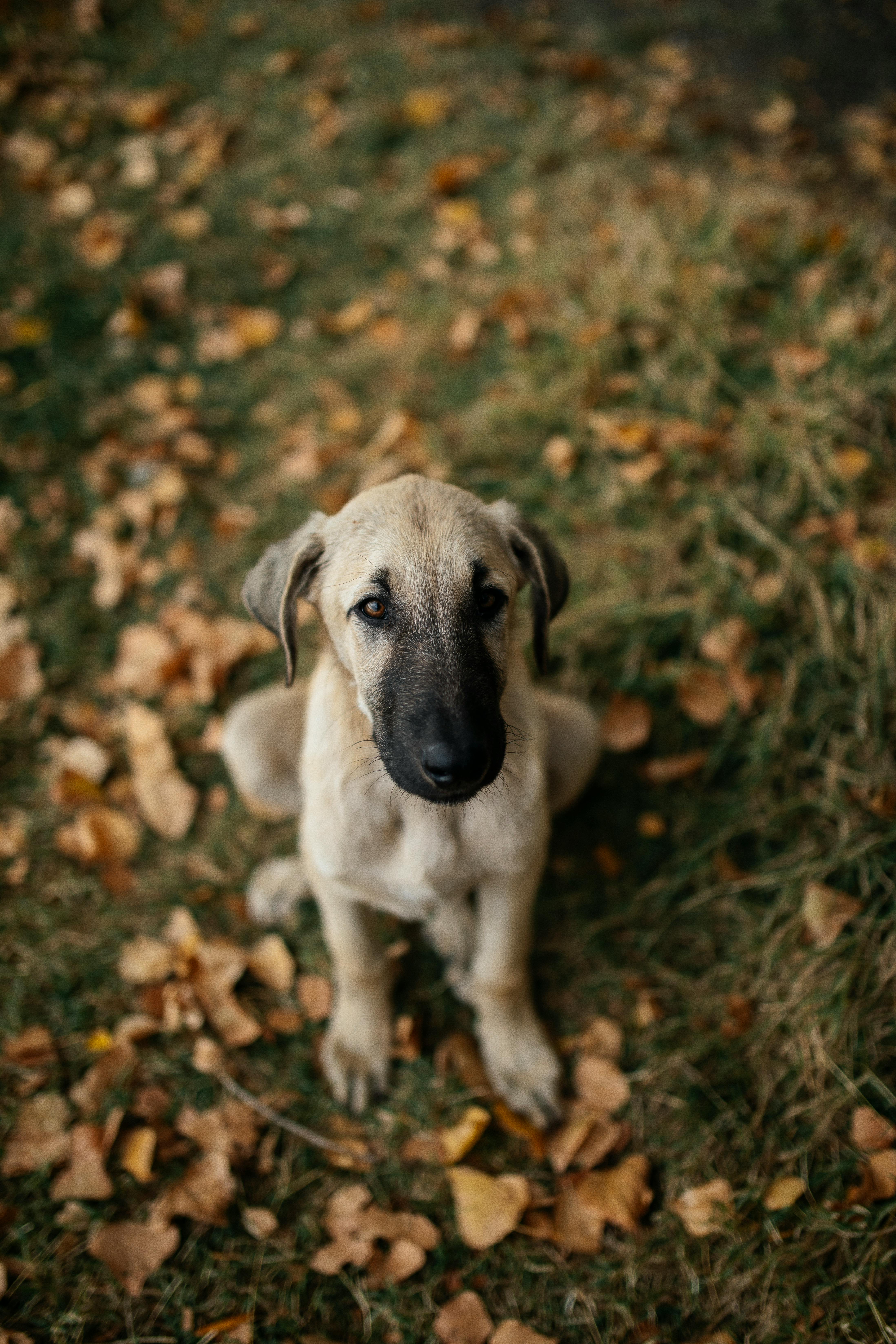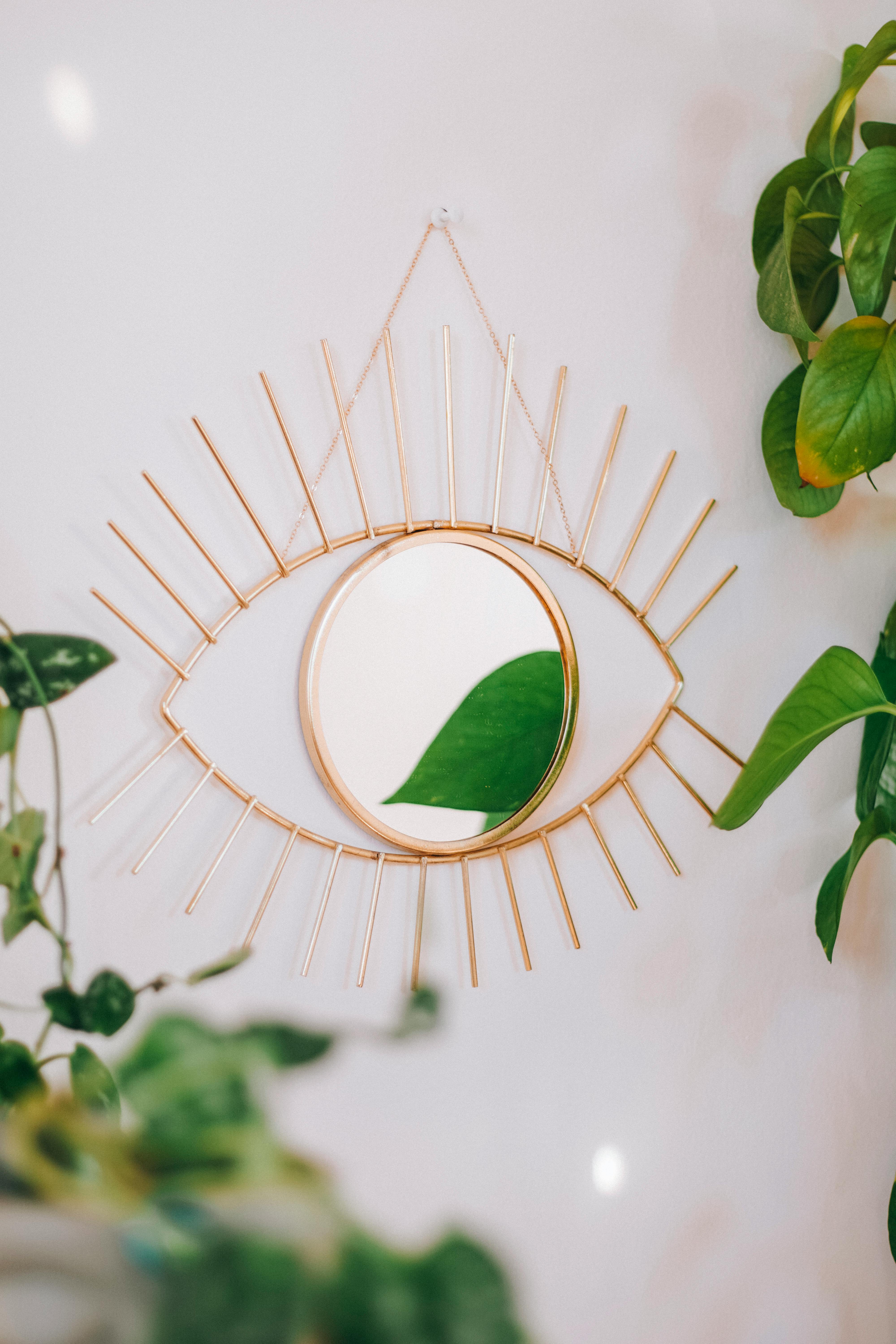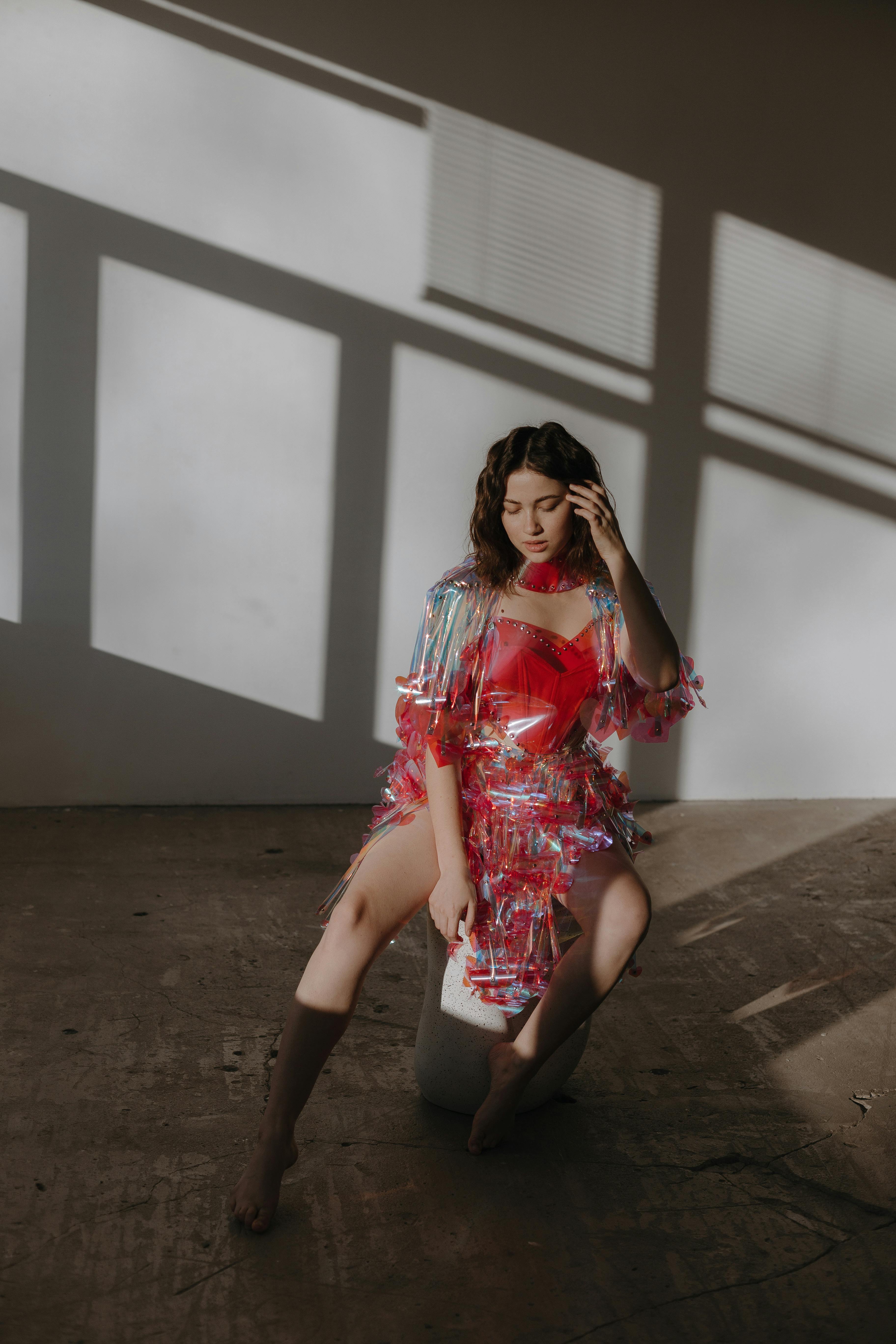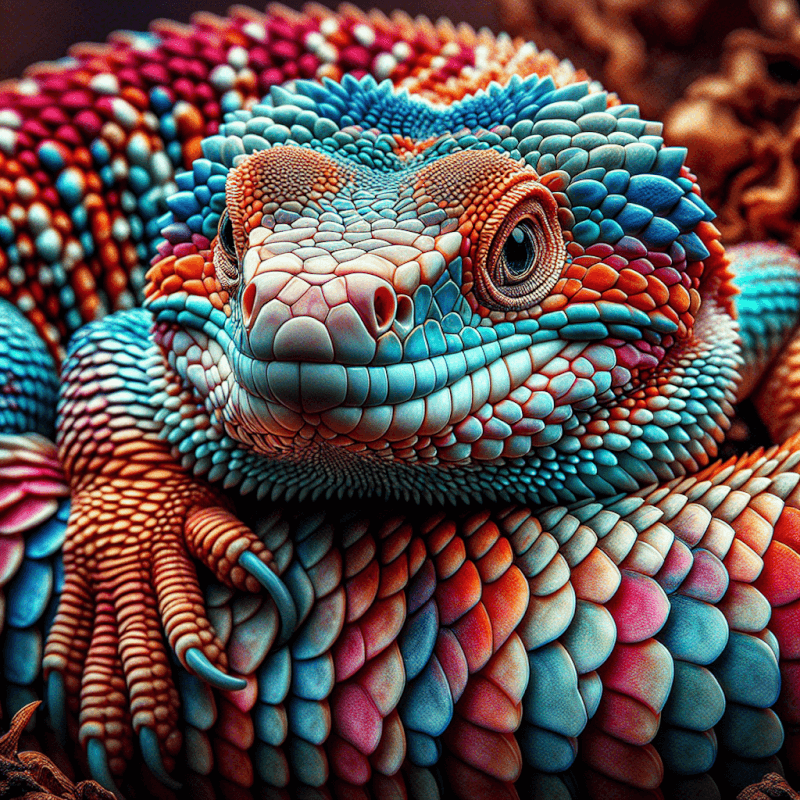Imagine transforming your boring reptile tank into a vibrant and captivating habitat for your scaly friends. With Reptile Tank Wallpaper, you can easily add a touch of nature to your pet’s enclosure. This innovative product not only enhances the visual appeal of your reptile’s habitat but also provides a sense of security and comfort. Say goodbye to dull, plain walls and say hello to a colorful and stimulating environment for your reptiles. Discover how Reptile Tank Wallpaper can revolutionize your reptile’s living space, allowing them to thrive in a visually stunning and enriching home.
Choosing the Right Reptile Tank Wallpaper
When it comes to choosing the right reptile tank wallpaper, there are a few key factors to consider. By taking into account the species and natural habitat of your reptile, evaluating its personality and behavior, and assessing the aesthetic appeal, you can ensure that you provide a suitable environment for your scaly companion. Additionally, researching the different wallpaper material options will help you make an informed decision that meets both your reptile’s needs and your personal style preferences.
Consider the Species and Natural Habitat
Each reptile species has specific requirements when it comes to their habitat. Consider the natural habitat of your reptile and try to replicate it as closely as possible when selecting wallpaper for their tank. For example, if you have a bearded dragon that originates from the arid deserts of Australia, a wallpaper featuring desert scenery may be a suitable choice. On the other hand, if you have a red-eyed tree frog native to the rainforests of Central and South America, a tropical rainforest-themed wallpaper would be more appropriate.
Evaluate the Reptile’s Personality and Behavior
Just like humans, reptiles have unique personalities and behaviors. Some reptiles may prefer a more naturalistic and calming environment, while others may thrive in a vibrant and stimulating setting. Observe your reptile’s behavior and consider their personality traits when selecting wallpaper. If your reptile is more active and enjoys climbing, a wallpaper with jungle vistas or mountainous terrain may provide the perfect backdrop for their adventures. Alternatively, if your reptile tends to be more shy and prefers hiding spots, a wallpaper with dense foliage and hiding spots would be more suitable.
Assess the Aesthetic Appeal
While the comfort and well-being of your reptile should be your top priority, the aesthetic appeal of the wallpaper also plays a role in creating an attractive display in your home. Choose a wallpaper that appeals to your personal taste and complements your existing decor. There are various styles and themes available, from naturalistic landscapes to abstract and geometric patterns. Consider the overall look and feel you want to achieve in your reptile tank area and select a wallpaper that enhances the visual appeal of the space.
Research the Wallpaper Material Options
When choosing reptile tank wallpaper, it’s imperative to research the different material options available. The material should be non-toxic and safe for both your reptile and the environment. Some popular options include vinyl, which is durable and easy to clean, and self-adhesive wallpapers that make installation a breeze. Additionally, look for wallpapers that are moisture-resistant, as reptile tanks can be humid environments. By researching the various material options, you can select a wallpaper that not only looks great but also meets the specific needs of your reptile.
Installation and Maintenance Tips
Once you have chosen the perfect reptile tank wallpaper, it’s important to ensure proper installation and maintenance. By following these tips, you can ensure that your wallpaper remains in good condition and provides a safe and comfortable environment for your reptile.
Prepare the Tank Surface
Before applying the wallpaper, it’s crucial to properly prepare the tank surface. Ensure that the tank is clean and free of dust and debris. Any loose paint or rough surfaces should be smoothed out to create a clean and even base for the wallpaper.
Measure and Cut the Wallpaper
Measure the dimensions of your reptile tank accurately and cut the wallpaper accordingly. Take into account any obstacles such as vents or holes and make appropriate adjustments. It’s always better to cut slightly larger than needed, as you can trim the excess later.
Apply the Adhesive
Depending on the type of wallpaper you have chosen, follow the manufacturer’s instructions for applying the adhesive. Some wallpapers may require you to apply the adhesive directly onto the tank surface, while others may have a pre-applied adhesive backing. Ensure that the adhesive is evenly spread to avoid any air bubbles or wrinkles.
Smooth Out Air Bubbles
Once the wallpaper is applied, carefully smooth out any air bubbles or creases. Use a soft cloth or a wallpaper smoothing tool to gently press the wallpaper against the tank surface. Take your time to ensure a smooth and even application, as this will contribute to the overall appearance and longevity of the wallpaper.
Monitor for Damage and Replace as Needed
Regularly inspect the wallpaper for any signs of damage or wear. Reptiles have sharp claws and may inadvertently scrape or scratch the wallpaper. If you notice any tears or areas of damage, it’s important to replace the wallpaper promptly to maintain a safe and appealing environment for your reptile.

Wallpaper Styles and Themes
The variety of reptile tank wallpapers available is vast, offering a range of styles and themes to suit different preferences. Here are some popular options to consider for your reptile’s habitat:
Naturalistic Landscapes
Naturalistic landscapes, such as forests, meadows, or rocky terrains, can create a sense of beauty and serenity in your reptile tank. These wallpapers often feature lush greenery, breathtaking mountains, or tranquil water bodies, providing a visually pleasing backdrop for your reptile’s enclosure.
Tropical Rainforest
If your reptile hails from the rainforests, a wallpaper depicting the lush environment of their natural habitat can help replicate their native surroundings. These wallpapers often showcase vibrant foliage, cascading waterfalls, colorful flowers, and playful wildlife, giving your reptile a visually stimulating and comfortable living space.
Desert Scenery
Reptiles that thrive in arid environments can benefit from a desert-themed wallpaper. These wallpapers typically feature sandy dunes, cacti, and desert shrubs, creating a realistic and visually appealing backdrop for your reptile’s tank. The warm and earthy tones can also add a touch of warmth to your home decor.
Underwater Worlds
For reptiles that enjoy aquatic environments, such as turtles or aquatic frogs, an underwater-themed wallpaper can be a perfect choice. These wallpapers often showcase coral reefs, tropical fish, and other marine life, giving your reptiles a visually captivating and stimulating habitat.
Jungle Vistas
Jungle-themed wallpapers can create a lush and vibrant environment for your reptile. These wallpapers often depict dense foliage, hanging vines, and exotic animals, providing a rich and stimulating backdrop for your reptile’s enclosure. The vibrant colors and intricate details of jungle vistas can enhance the visual appeal of your reptile tank.
Mountainous Terrain
Reptiles that enjoy climbing or basking on rocks can benefit from a wallpaper featuring mountainous terrain. These wallpapers often depict rocky cliffs, snow-capped peaks, and winding trails, providing your reptile with a visually diverse and stimulating habitat. The natural textures and colors of mountainous wallpapers can add depth and realism to your reptile tank.
Abstract and Geometric Patterns
For those who prefer a more contemporary or artistic theme, abstract and geometric patterns can offer a unique and visually striking choice. These wallpapers often feature bold colors, intricate designs, or optical illusions, creating an intriguing and dynamic backdrop for your reptile’s habitat.
Customization Options
In addition to choosing from different styles and themes, there are several customization options available for reptile tank wallpapers. These options allow you to create a truly personalized and unique environment for your reptile.
Photographic Murals
Photographic murals offer a realistic and detailed representation of various landscapes and habitats. These wallpapers often feature high-quality images that can transport your reptile to their natural environment, adding a touch of authenticity to their enclosure.
Peel-and-Stick Decals
Peel-and-stick decals are a convenient and flexible option for customizing your reptile tank. These decals often depict specific elements such as branches, leaves, or animals, allowing you to create a personalized design within your chosen wallpaper. The decals can be easily applied and removed, enabling you to change the look of your reptile’s habitat whenever desired.
DIY Hand-Painted Designs
If you have a creative side, consider hand-painting your reptile tank wallpaper. This option allows you to create a one-of-a-kind design that is tailored specifically to your reptile’s needs and preferences. Paint a mural of your reptile’s natural habitat or get artistic with abstract patterns and designs. Just make sure to use non-toxic and reptile-safe paints.
Digital Print Wallpapers
Digital print wallpapers provide a wide range of customization options. You can choose to have your own photographs or artwork transformed into a wallpaper, allowing you to create a truly unique and personalized design. Digital print wallpapers offer exceptional clarity and vibrancy, ensuring that your chosen design looks stunning in your reptile tank.

Considerations for Lighting and Temperature
When selecting reptile tank wallpaper, it’s important to consider the impact it can have on lighting and temperature. Creating the right ambiance and ensuring comfortable conditions for your reptile are crucial for their overall well-being.
Effects of Wallpaper Designs on Lighting
The design and color of your reptile tank wallpaper can affect the lighting within the enclosure. Darker wallpapers can absorb more light, creating a dimmer environment, while lighter wallpapers can reflect more light, resulting in a brighter space. Consider the lighting requirements of your reptile species and choose a wallpaper design that complements their needs.
Match Wallpaper Colors with Lighting Preferences
Different reptile species have different lighting preferences. Some reptiles, like desert-dwelling species, may require intense UVB lighting, while others may prefer softer and more diffused lighting. Take into account the specific lighting requirements of your reptile when selecting a wallpaper color scheme. Matching the wallpaper colors to your reptile’s lighting preferences can help create a comfortable and visually appealing habitat.
Thermal Insulation Properties of Wallpaper
Certain wallpapers can have thermal insulation properties, which can help maintain a stable temperature within the reptile tank. This is particularly important for reptiles that require specific temperature ranges for optimal health and well-being. Consider choosing a wallpaper that offers thermal insulation properties to help regulate the temperature in your reptile’s enclosure.
Maintenance and Cleaning Techniques
Proper maintenance and cleaning of your reptile tank wallpaper are essential to ensure a hygienic and visually appealing habitat for your reptile. Here are some maintenance and cleaning techniques to keep in mind:
Frequent Dusting and Wiping
Regularly dust and wipe the surface of the wallpaper to remove any accumulated debris or dust. Use a soft cloth or a feather duster to gently remove any particles without damaging the wallpaper. This will not only keep the habitat clean but also maintain the visual appeal of the wallpaper.
Spot Cleaning Stains and Spills
Accidents happen, and your reptile tank wallpaper may occasionally get stained or soiled. In the case of minor stains or spills, spot clean the affected area using a damp cloth or a mild reptile-safe cleaner. Avoid using harsh chemicals or abrasive materials that could damage the wallpaper.
Removal and Reinstallation during Deep Cleaning
During deep cleaning sessions, it may be necessary to remove the reptile tank wallpaper temporarily. Follow the manufacturer’s instructions carefully to remove the wallpaper without causing any damage. Once the tank is thoroughly cleaned and dried, reapply the wallpaper following the installation tips mentioned earlier.

Safety Measures and Reptile Welfare
The safety and welfare of your reptile should always be a top priority when selecting and using reptile tank wallpaper. Here are some safety measures to consider:
Non-Toxic and Pet-Safe Wallpaper Choices
Ensure that the wallpaper you choose is non-toxic and safe for your reptile. Some wallpapers may contain chemicals or adhesives that could be harmful if ingested. Look for wallpapers specifically designed for reptile habitats or those labeled as pet-safe to ensure the well-being of your scaly friend.
Avoidance of Sharp Edges or Loose Parts
Inspect the edges of the wallpaper and ensure that there are no sharp edges or loose parts. Reptiles can be curious and may try to explore their surroundings. Sharp edges or loose parts can pose a risk of injury, so it’s important to choose a wallpaper that is free of such hazards.
Minimizing Stress and Behavioral Disturbances
Reptiles can be sensitive to changes in their environment and may become stressed if their habitat is disrupted. Minimize stress by introducing the wallpaper gradually and allowing your reptile time to adjust. Avoid sudden changes or loud noises that could startle your reptile. Additionally, observe your reptile’s behavior and make adjustments as needed to ensure their comfort and well-being.
Balancing Visual Stimulation and Tranquility
Finding the right balance between visual stimulation and tranquility is important for your reptile’s well-being. Some reptiles may become overwhelmed by vibrant and busy wallpapers, while others may benefit from the visual enrichment. Observe your reptile’s behavior and make adjustments to the wallpaper if needed. Ensure that your reptile has access to hiding spots or quieter areas within the tank to retreat to when they need a break from visual stimulation.
Wallpaper Alternatives
If wallpaper is not your preference, or if you’re looking for alternative options to enhance your reptile’s habitat, consider the following alternatives:
Colored Backgrounds
Colored backgrounds can provide a simple and visually appealing alternative to wallpaper. Choose a solid color or a gradient that complements your reptile’s appearance and the overall aesthetic of the tank. Solid backgrounds are easy to install and maintain, making them a popular choice among reptile owners.
Artificial Sculpted Backgrounds
Artificial sculpted backgrounds offer a three-dimensional and realistic aesthetic to your reptile tank. These backgrounds often mimic natural rock formations or tree trunks, providing an interesting and textured backdrop for your reptile’s enclosure. They are typically made from safe materials and can be easily installed and cleaned.
Live Plants and Moss
Live plants and moss can add a touch of nature to your reptile’s habitat and create a vibrant and realistic environment. Plants not only provide visual stimulation but also offer hiding spots and a natural source of humidity for your reptile. Research the specific plant species suitable for your reptile’s habitat and ensure proper care and maintenance.
Rock and Cork Bark Substrate
Using rock or cork bark as a substrate is another alternative to wallpaper. These materials can create a natural and visually appealing environment for your reptile. Rocks can provide climbing opportunities, while cork bark offers hiding spots and natural textures. However, ensure that the rocks and cork bark pieces are securely placed and do not pose a risk of collapsing or falling onto your reptile.
3D Enclosures and Terrarium Decor
For those seeking a more elaborate and immersive habitat, 3D enclosures and terrarium decor are worth considering. These setups often include intricate backgrounds, props, and caves that can create a visually stunning and interactive environment for your reptile. However, 3D enclosures can be more challenging to maintain and clean compared to other options.
Tips for Creating a Multi-Level Habitat
Creating a multi-level habitat for your reptile adds depth and opportunities for exploration. Here are some tips for integrating multiple levels into your reptile’s tank:
Choosing Wallpaper Designs for Each Level
When incorporating multiple levels into your reptile’s habitat, consider using different wallpaper designs for each level. This can create a visually interesting and diverse environment. For example, you can use a naturalistic landscape wallpaper for the ground level and a jungle-themed wallpaper for a climbing structure or elevated platform.
Creating Natural Transitions
Ensure that the transitions between different levels in the habitat are smooth and natural. Use ramps, rocks, or branches to create gradual inclines or steps for your reptile to climb. Pay attention to their safety and ensure stability and secure footing for your reptile.
Simulating Vertical Climbing Opportunities
If your reptile enjoys climbing, incorporate vertical climbing opportunities within the tank. Use branches, vines, or other climbing structures that attach securely to the walls or branches of your reptile tank. This allows your reptile to engage in natural behaviors and provides exercise and mental stimulation.
Inspiration from Reptile Tank Wallpaper Designs
When selecting reptile tank wallpaper, you can draw inspiration from effective designs that have been proven to enhance the overall appearance and functionality of the enclosure.
Effective Use of Depth and Perspective
Reptile tank wallpapers that create a sense of depth and perspective can make the enclosure feel larger and more visually engaging. By utilizing designs that give the illusion of distance, such as vanishing points or layered landscapes, you can create an immersive and realistic environment for your reptile.
Incorporating Hiding Spots and Foliage
A well-designed reptile tank wallpaper includes hiding spots and foliage to add a sense of security and naturalistic elements. Wallpaper that features dense foliage, fallen logs, or hiding spots camouflages well with your reptile’s habitat and provides them with places to retreat and feel safe.
Adding Realistic Textures and Detailing
Attention to detail and realistic textures can greatly enhance the overall aesthetic of your reptile tank. Wallpaper designs that include intricate patterns, realistic textures, or lifelike depictions of leaves and bark add depth and visual interest to the enclosure. These details can help create a more natural and visually appealing environment for your reptile.
In conclusion, choosing the right reptile tank wallpaper involves considering the species and natural habitat, evaluating the reptile’s personality and behavior, assessing the aesthetic appeal, and researching the available material options. Proper installation and maintenance, as well as taking into account lighting and temperature considerations, are crucial for providing a safe and comfortable habitat for your reptile. With the wide variety of styles, customization options, and alternatives available, you can create a visually stunning and functional environment that meets both your reptile’s needs and your personal style preferences. So go ahead, unleash your creativity, and transform your reptile’s habitat into a beautiful and captivating space they’ll love to call home.


